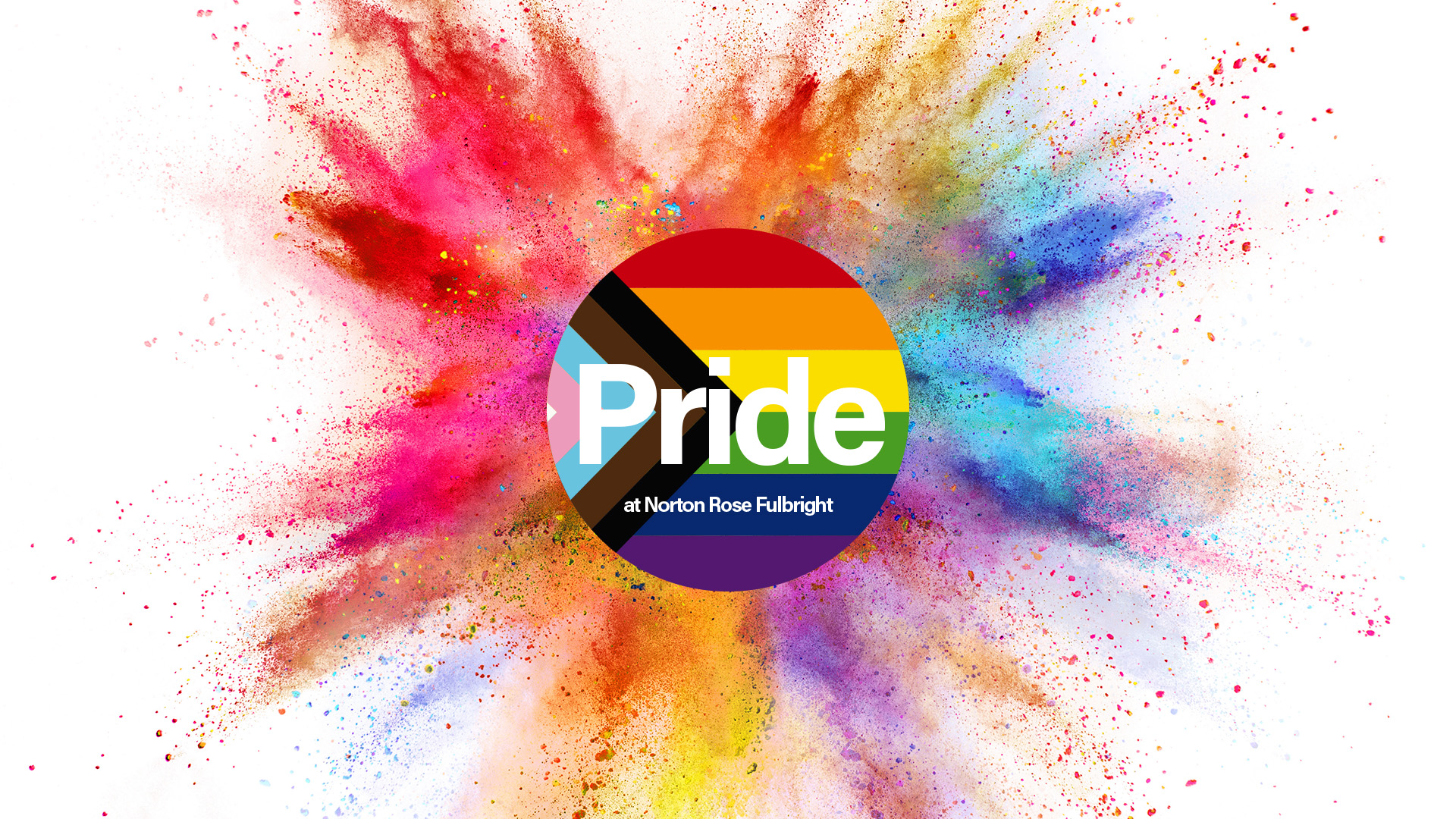I grew up in a time and a place where being queer was not acceptable.
Paradoxically, I felt freer and more respected at that time of my life than ever since.
I was offered a simple dichotomy: be gay and face the consequences of that choice, or be straight.
For a time, I could convince myself that I was straight. Then, I met an incredibly annoying young man who defied my every attempt to find some flaw in him. He was, quite simply, a marvel. There was no way around it in my mind and in my heart. Nor could I keep it to myself. I could either be me, or something that was not me at all.
My parents had sacrificed all they had, and much they did not have then but paid for later, in the struggle against Apartheid. It was a principle indelibly drummed into me that all of us had the right and privilege to live as equals amongst one another, and that this privilege must be fought for – no matter what. All that was asked of me in my own fight was that I live with myself without shunning the part of me that was less palatable to others.
When I came out in high school, I was already on the fringes. Choosing to be further ostracised meant there was no chance of redemption or acceptance as “normal”; but the reality was that I was not “normal” as that era and culture defined it. Choosing to acknowledge my abnormality was the only route I had to respect the reality of who I was.
All of us are different, and for many, high school is largely an exercise in denying this fact. My acknowledgment of my difference made plenty of people uncomfortable, but at the same time, I was respected for being what I believe many others wished they could be – free.
These days, the roof of acceptance has grown. There are worrying signs that this acceptance is retreating, but at least I am not, as I was in my childhood, routinely scared of being assaulted on my way to work or gym. I see queer figures in media and in real life. The concept of normality has broadened. With it, however, have come rules.
When we are abnormal, we get to make up our own rules, for better or worse. But now there is such a thing as a normal (acceptable) queer person, and an abnormal, freakish, unacceptable gay person. A particular type of being gay is now acceptable, just as for decades a particular model of being Black, or a woman, has been acceptable.
We are told that we can be out and normal, but only if we conform to this expanded idea of normality and its associated rules. Whenever there is an “acceptable” gay person, we are told that being gay is acceptable, which is not the same thing.
It is an insidious kind of acceptance because it seems attainable. The temptation to reach for it is so much greater. Isn’t it worth it, after all, to belong, even if it means not being fully oneself and not speaking up about things that matter?
That is not Pride.
I believe this is the fight that queer people of this generation face – the decision of whether to settle for what we have, or demand what we deserve: not partial acceptance, but full acceptance.
In our own field, the effects of capitulation to authoritarianism and division; the sacrifice of the marginal in the name of preservation and expedience, are already being felt.
We must be prepared to hold onto the whole of who we are, even if it means standing outside limiting definitions of what is acceptable. Pride cannot mean silencing our true selves when our voices are needed.




